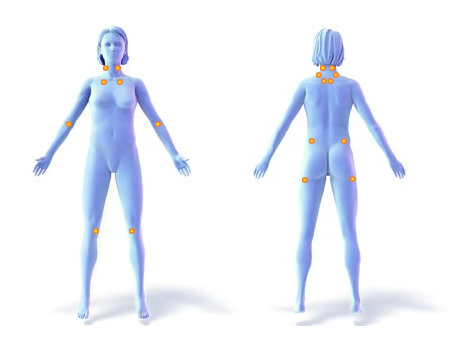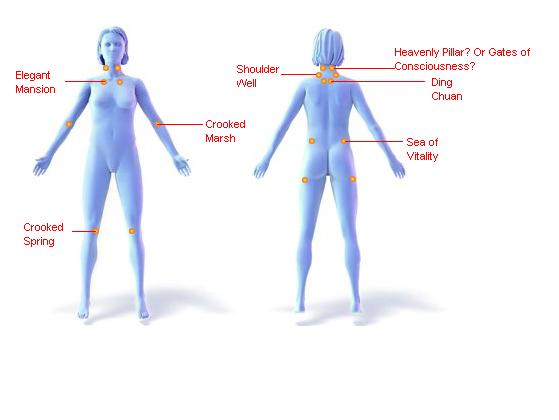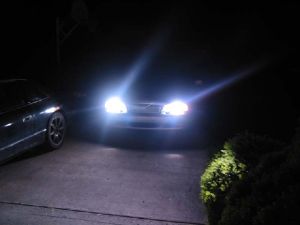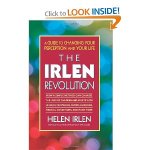I’m back from Haiti
I have been away from my blog and away from my comfort zone for a while. I’m back. I’m processing. I will be posting some of the stories over at my other blog, ChanDeereGreen – when I get some things sorted about applications to wellness and self-care of ADHD/Fibro/Insomnia/’allergies/detoxing, I’ll get something coherent written here. Pinky promise.
NTT: A retrospective
I’ve been doing stuff, and not blogging about it … bad blogger! Bad! I don’t have a good excuse – just the regular one. I have AD/HD, and I got distracted. Lame, eh?
In two months, since I decided that it would finally be worth my while to start doing the work of purging toxins out of my life, I have so far managed to:
- Join a CSA, which is now allowing me to eat organically raised local seasonal produce all summer long for about 2/3 what I would pay at the grocery
- Find a local rancher who will supply my family’s needs for grass-fed/pastured meats
- Commit to only buying wild-caught fish, mostly local from a fishmarket that I drive by every day (I’m so spoiled) but some of it is not local because I am not yet willing to give up salmon, and there is no wild-caught salmon on the east coast. So I buy what my grocer imports from Alaska.
- Eliminate fabric softener, both liquid and dryer sheet type. I still love my dryer balls, and if I want a little more softness I spray the wet clothes with apple cider vinegar before I toss them in the dryer.
- Got rid of the following home products and replaced them with super-easy, mostly cheap, mostly homemade alternatives (net effect = almost entirely eliminating artificial fragrances from my home):
- Shampoo and conditioner
- Skin creams and lotions
- Bug spray
- Dishwasher soap
- All manner of cleaning sprays – window, kitchen, all-purpose
- Sunscreen
- Got rid of the Ambien XR, the most insidious and hardest to discard of all of the prescription meds I was taking. (I got rid of them all, actually, but the others were pretty easy so I didn’t blog about them – I couldn’t think of anything even remotely interesting to say.)
So far, so good. I still sleep poorly some nights and really well other nights. The most effective strategies for good sleep I’ve found so far for me are:- Hot epsom salt baths before bed
- Earthing
- Keeping my sinuses clean – I finally got that Neti pot, so very awesome! When my allergies or any other irritation blocks full breath in my nose, I become a mouth-breather. For me, this means waking up in the middle of the night with a horrible taste and dryness in my mouth and desperately thirsty, and then waking up an hour later (if I go back to sleep at all) desperatly needing to pee.
Next up on my list of baby steps towards a non-toxic life:
- Laundry soap – I’m using Seventh Generation now, and I really like it – no irritating fake fragrances, at least. But it’s a little expensive, and it still has some things in it that I prefer not to use if I can help it, like sodium lauryl sulfate and synthetic preservatives. I have been toying around with making one of the many recipes for laundry soap that are running about loose on Pinterest (I even got gung-ho ahead of myself and bought a few bars of Fels Naptha!), but they all seem to be a lot of work. I know me too well. I won’t do it if it isn’t easy. I think I’m going to try the soapnuts.
- Dairy- I haven’t fully got that one sorted. I buy organic milk, and one grocer near me has begun carrying a little bit of organic cheese and grass-fed (Kerrygold) butter – but there are no dairy farms near me at all, much less grass-fed, so for milk, yogurt, and cheese it’s “USDA Organic” for whatever that’s worth, and always ultra-pasteurized. And I live in one of those states, where raw milk/cheese/butter is criminalized (unless literally I get my own goat. Sadly, that goes back to the “not easy, won’t do it” problem). I really haven’t figured this one out yet. Anyone have any great insight for me?
Do you take any specific actions to limit toxic or potentially toxic chemicals in your life?
Learning What We Already Know
Disclaimer: I am not a trained, licensed, or certified health practitioner of any sort. I am a pathologically curious research freak, a willing human guinea pig, and a chronic pain/ADHD/insomnia patient looking for alternatives to treatments that have not been effective for me. This blog represents my own musings, literature review findings, and experience. It does not in any way represent or replace advice from a qualified and trusted professional.
Fibromyalgia is a very new diagnosis – less than 25 years old. It is a clear, well-defined syndrome with very specific symptoms, often including: widespread chronic pain, insomnia, chronic dry eyes, irritable bowel symptoms, painful menstruation in women, numbness and tingling in hands and feet, and concentration/memory problems cutely referred to as “fibro fog”.
One of the most distinctive symptoms/diagnostic criteria for fibromyalgia is heightened sensitivity/pain in several of 18 specific “trigger points” or “tender points” as shown below.
- Fibromyalgia Trigger (or Tender) Points – image source: WebMD Fibromyalgia Health Center
I have used certain acupressure points successfully in the past, and even worked with an acupuncturist once (that was a negative experience, but in my opinion it did not reflect poorly on acupuncture or acupressure, only on that one practioner.) My husband has had successful and positive experience with acupuncture. So I looked around a little last week to learn more about various acupressure options for treating insomnia, pain, stiffness, fatigue, irritability, and headaches. Funny. Not funny “ha ha” – funny “gee, wonder how I missed that?”
The way that the graphic of the trigger points was created made it difficult for me to be precise about the points at the base of the skull, and at least four trigger points do not appear to correspond directly.
Still, though … I am wondering more and more if way too much of the wisdom that the Lord has made available to us has been pushed aside and labeled “New Age” or “snake oil” or “quackery” (funny terms to apply to healing arts that predate modern medicine by many centuries).






